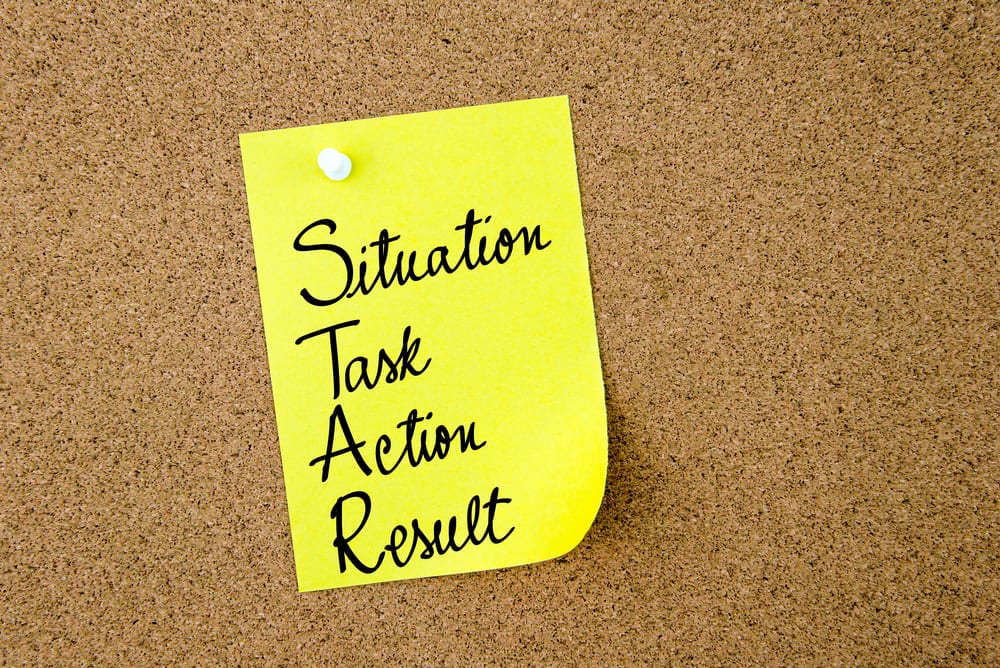The below article focuses on what the STAR technique is and how it can help you avoid common interview mistakes.
According to research from Barclays some of the most common errors candidates make in job interviews include showing off, not asking questions and dressing inappropriately. However, the most common interview mistake (made by a whopping 51% of candidates) is being under-prepared. Walking into the room unprepared results in haphazard, poorly thought out answers or candidates droning on in a boring, over-detailed way.
Questions such as “why do you want to work for this company?” should be some of the easiest to answer. But, you can’t hope to ace these types of question off the top of your head. The interviewer will expect you to demonstrate your knowledge and commitment to the role.
Thankfully, there is a proven technique to help you prepare answers that are concise, well-structured and relevant. Research from leading recruiter Michael Page suggests the Situation, Task, Action, Result or STAR technique can improve candidate success rates by up to 50%. Mainly because it ensures you get all your key points across in a compelling way that retains your interviewer’s attention.

When is the STAR technique effective?
STAR is particularly effective when answering competency questions. These are the questions that often start with a phrase such as ‘tell me about a time when…’. They could be about working as a team or overcoming a challenge. Or, it could be a more specific question such as ‘if you were offered this job, what’s the first thing you’d change?’
The interviewer is looking for evidence of a particular skill set. They want to see that you possess self knowledge and clear thinking. But, they also want to hear that you can articulate your thoughts and ideas in a persuasive way.
The key to making the technique work is to construct your responses into succinct narratives with a beginning, middle and end.
Situation and Task
Start with a brief overview of the situation: the when, where and what. If you’re asked to describe a time when you worked in a team to achieve a goal, you’d mention the employer, the role and the task. This section should be concise and to the point.
Action
You can then move on to the most detailed part of your answer, which is the action. Outline how you met the deliverables of the task. Use ‘I’ not ‘we’, even for teamwork questions, describe how you used the available resources, and the relevant personal skills you brought to the table.
The action is the most important part of your answer. It should account for around 60% of the two or so minutes taken for your answer. Focus on your strengths, and don’t drift into irrelevant detail.
Result
Round off your answer with a positive result. This is where you get to demonstrate the benefits your actions brought to the company. Try to sound warm and enthusiastic.
As with all good storytelling, brevity and clarity are key to holding attention. Don’t feel you have to be a hugely creative wordsmith. The most important thing is to show the interviewer that you have the skills and personal attributes for the job.
Feeling anxious about a job interview is completely normal. But, you can keep your stress at manageable levels by preparing and practicing what you want to say beforehand. Remind yourself of your value and skills and rehearse for those tough questions. Check out City CV’s video to see an example of the STAR technique in action.
Now, take a deep breath and you’ll be ready for any challenging questions they throw at you.
If you would like to know more about the STAR technique or want to find out how we can help you, you can contact us on +44(0)20 7100 6656 or email us here.

